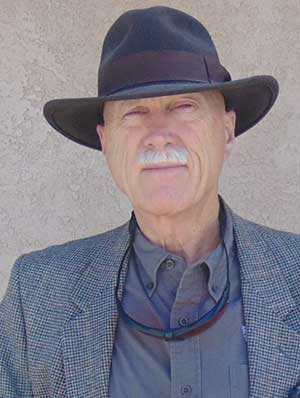
U.S.A. –-(Ammoland.com)- Oklahoma passed Constitutional Carry in December of 2018. The law was vetoed by Governor Mary Fallin. The legislature passed the bill again, in 2019. The statute was signed into law on 27 February, 2019, by Governor Kevin Stitt. The law restores the right to carry arms in most public places, openly or concealed, without a government permit. It is essentially what the state of law was in 1789, when the Constitution was ratified, and the modern United States came into existence.
The Oklahoma legislature adjourned on 24 May, 2019. According to Ballotpedia, a referendum, called a veto referendum, could be used to repeal the bill. The referendum had to be filed withing 90 days of the adjournment of the legislature. Signature on petitions for the referendum had to be submitted to the Secretary of State by 29 August, 2019.
Representative Jason Low (D-OKC) filed a veto referendum on 12 August, 2019, during a cluster of mass public killings. He may have looked to capitalize on the media pressure created for gun control, to maximize support for the veto referendum.
The effort only had 17 days to collect over 59,000 signatures. It appears to have failed. From ktul.com:
OKLAHOMA CITY (AP) — A group seeking to stop a new law that would allow people in Oklahoma to openly carry firearms without training or a background check is acknowledging they fell short of the number of signatures needed for a statewide vote on the issue.
In a court filing on Thursday, an attorney for the group estimates they gathered between 30,000 and 50,000 signatures. They would have needed nearly 60,000 signatures from registered voters to qualify the question for the ballot.
This shows the power of the media to galvanize public support with an emotional appeal, even though the cause and effect are unrelated. None of the mass public killings in the media induced cluster were facilitated by Constitutional Carry. Constitutional Carry does not exist in Brazil, New Zealand, Australia, Japan, Texas, or Ohio.
The first, second and third top rated states for public safety, Maine, Vermont, and New Hampshire, all have Constitutional Carry.
It is unknown how many valid signatures were gathered for the veto referendum. The Secretary of State is proceeding with the count. An official total is expected next week.
Oklahoma is a very gun owner friendly state. It seems likely a referendum would fail in the general election. Such a referendum would galvanize Second Amendment supporters and bring them to the polls.
The signatures required for a veto referendum might have easily been obtained, if the referendum had been filed with the Secretary of State immediately after the legislature adjourned; that was at the end of May. It would have allowed 90 days for signature collection instead of 17 days.
Nearly all referendum use paid petition circulators to collect sufficient signatures for their effort. Paid circulators are not banned in Oklahoma. The effort, on such short notice, probably cost over $100,000.
I have not determined where the funds for he effort came from. Moms Demand Action was closely associated with the petition drive. Much of their funding comes from billionaire Michael Bloomberg.
Constitutional Carry is almost certain to take effect in Oklahoma on 1 November, 2019. Very little will change. In the fourteen other states that have restored Constitutional Carry, the crime rate has been unchanged or shows a slight decrease. The major difference is restoration of Second Amendment rights, and an increased respect for the Bill of Rights and limited government.
About Dean Weingarten:
Dean Weingarten has been a peace officer, a military officer, was on the University of Wisconsin Pistol Team for four years, and was first certified to teach firearms safety in 1973. He taught the Arizona concealed carry course for fifteen years until the goal of constitutional carry was attained. He has degrees in meteorology and mining engineering, and recently retired from the Department of Defense after a 30 year career in Army Research, Development, Testing, and Evaluation.
